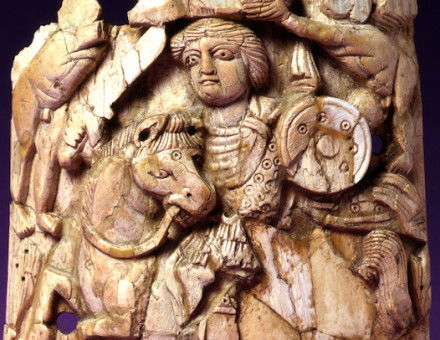The National Stone Centre
Richard Cavendish carves out some monumental history in Derbyshire
Looking at the Derbyshire hill scenery that surrounds the National Stone Centre, it is difficult to believe that where you are standing was once in the tropics and resembled a television commercial for the Bahamas. Over a period of more than 300 million years the movement of the earth's thin crust – like the skin on custard – has carried this particular spot on the surface of the globe to the southern-most point of the Pennines. In the limestone rock faces are the corals and fossils which prove that this was once a tropical shore where a blue sea curled over the coral reefs. In some places petrified sea lilies and shells cluster so thick that there seem to be more fossils than rock, and the Centre proudly displays the tooth of a shark that once basked here in a sleepy lagoon.
Today's landscape is dramatic in an entirely different way. The green hills have been gouged and torn by centuries of lead-mining and quarrying. The stone industry is still vigorously alive here and from the Centre the first thing that meets the eye is the sprawling Middlepeak Quarry, which is busy chewing away most of a hillside and leaving its fangmarks on the land.





